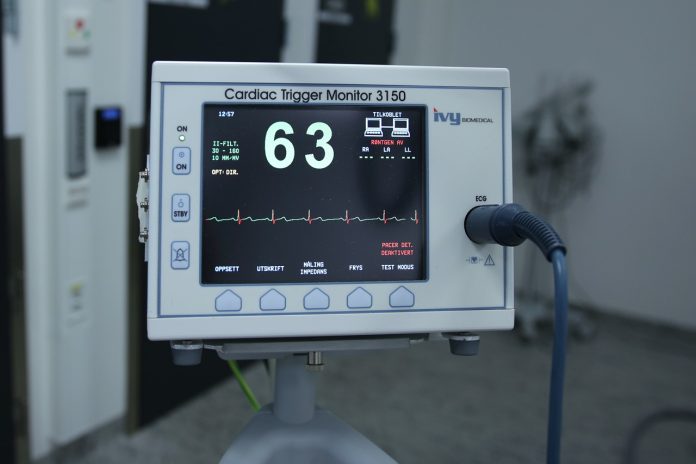Managing medical devices correctly is as essential as it seems to ensure not only the proper safety for your patients, but also to create a satisfying client experience. It can seem complicated to properly manage a variety of specialist equipment and services, but if you stick to the basic principles, it’s a cinch to keep these devices in check. Here are 5 essential ways to keep your devices managed in the best condition.
Create Up-To-Date Documentation
A common pitfall to avoid when it comes to medical device management is to make sure your documentation is always maintained and up to date. It’s impossible to predict which of your team members can be working with an operating any of your medical equipment, so having comprehensive documentation is key to address this. Set up a clear and detailed documentation standard to guarantee any documentation produced quickly educates the user on how best to use and maintain your medical devices.
Integrate Digital Solutions
We are living in a golden age of digitalisation in the healthcare field, and there’s no better time to introduce an application-based solution to your medical device management. Solutions range from being able to use applications to keep track of maintenance status, to using applications to collect data from your medical devices, to being able to substitute certain device functions completely digitally. This is a constantly expanding field, so keep an eye out for any digital solutions that can aid your medical operation.
Keep Track of the Equipment Lifecycle
In a field that is as frequently evolving as healthcare, it is important to stay on top of the medical device lifecycle. This starts at selecting and acquiring the appropriate device-based solution, making sure it stays maintained as necessary, monitoring it’s performance, and finally replacing the device. The replacement stage is key, some devices simply become unable to perform as required after enough time, whilst some should be replaced following the development of more efficient solutions. Be sure to constantly keep track of where your devices are in this cycle to stay on top of new medical developments, and to avoid using equipment past its prime.
Plan Deployment of New Devices
Introducing new devices to your healthcare operation can be a very delicate process, and should always be thoroughly planned. Make sure the relevant staff are all trained on how to properly use the new device, and begin setting up policies and documentation around its usage. In addition, it is highly likely that there will be unforeseen issues around introducing a new device, so be sure to have staff ready and on hand to assist with any complications that can around from introducing new specialist equipment.
Regularly Review your Medical Device Policies
When working with cutting edge medical devices, complacency should be avoided at all costs. A sensible device policy can become obsolete with new solutions, and new technologies can require new forms of maintenance and management that are impossible to predict in advance. Regularly reviewing your policies is just as important as device maintenance, so make sure not to skip out on this vital step to maintain the efficiency of your healthcare operation.



 Bitcoin
Bitcoin  Ethereum
Ethereum  Tether
Tether  XRP
XRP  Solana
Solana  USDC
USDC  TRON
TRON  Cardano
Cardano  Lido Staked Ether
Lido Staked Ether  Avalanche
Avalanche  Toncoin
Toncoin